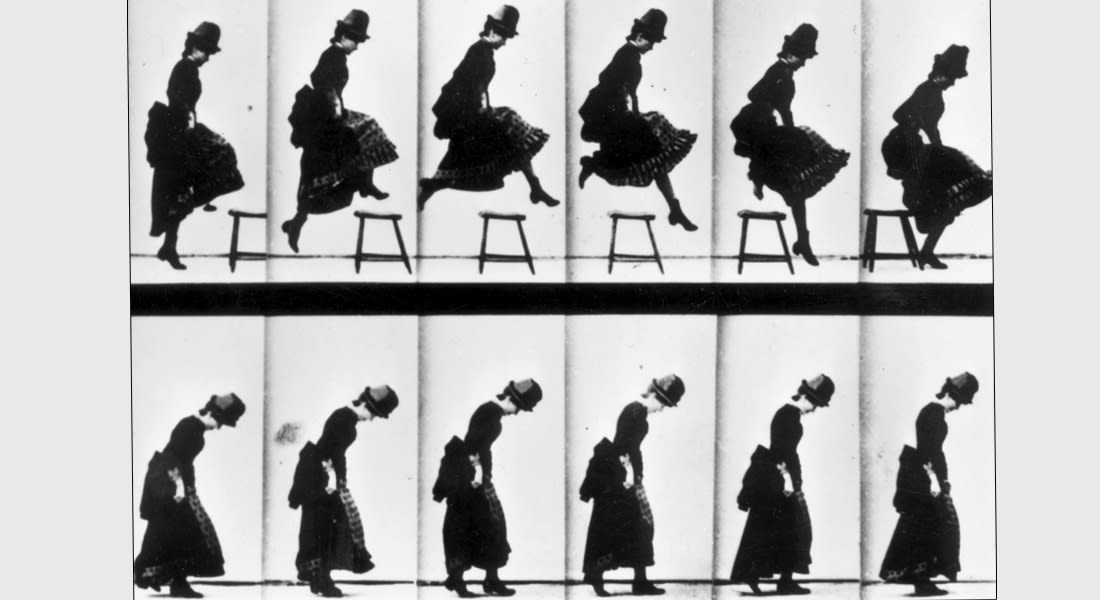أتلانتا، الولايات المتحدة الأمريكية (CNN)- تمكنت كل من كارول ديوك، أستاذة علم النفس في جامعة "ستانفورد"، وريتشل سيمونز، مؤسسة "معهد القيادة للفتيات"، من تقديم دراسة نقدية مشتركة، حول أسس النجاح وأسباب الفشل عند المرأة، في محاولة للإجابة على السؤال الأزلي: لماذا تفشل النساء عادة؟
اعتمدت الدراسة على ما إذا كانت النساء يتمتعن بالثقة بالنفس عند تعرضهن للفشل، وتأكيد أن النجاح ليس مجرد كلمة في قاموس الأمثال، بل إنه يتطلب الإيمان بما يعتقده الشخص، حتى لو كان خطأً، وإعادة المحاولة من جديد، أما انعدام الثقة بالنفس، فيكون عندما يصف أحدهم إمكانياته بالفشل.
ويفوق عدد الإناث في أمريكا عدد الذكور في التحصيل العلمي، والالتحاق بالدراسة الجامعية، ويعود ذلك إلى أن الفتيات يتميزن بالقدرة على الانضباط الذاتي، حسب التعليمات المتبعة في المؤسسات التعليمية، وبناءً على تلك الحقائق، فإن الفتيات مؤهلات بدرجة أكبر لاحتلال مناصب قيادية.
وأجرت الباحثتان دراسات تختص بسيكولوجية المرأة عند التعرض للفشل، وحساسيتها تجاه ردود الأفعال والنقد، إذ قامت ديوك بدراسة علم نفس الفشل على مدى 30 عاماً، فيما قامت سيمونز بتنفيذ أبحاث تتعلق بالفتيات والمراهقين.
ويُعد كتاب "عقلية: علم النفس الحديث نحو النجاح"، من أبرز مؤلفات كارول ديوك، بينما قامت ريتشل سيمونز بتأليف كتاب "لعنة فتاة جيدة: فتيات حقيقيات يتمتعن بالشجاعة والثقة."
وترى كل منهما أن الاتجاه الفكري العقلي للأشخاص حول قدراتهم ينقسم إلى فئتين، فبالنسبة لذوي "العقلية الثابتة"، يؤمنون بأنه لا يمكن تطوير قدرات الذكاء البسيطة، ويفسرون التحدي على أنه قدرة يصعب التمتع بها، وعليه يفضلون اختيار أسهل الطرق.
وعلى النقيض، فإن أصحاب "العقلية المتطورة" يرون أنه باتباع الاستراتيجيات والتوجيهات، فضلاً عن الجهد الكافي، يمكن تطوير قدراتهم، وبأن التحدي ركن أساسي لمواجهة المعيقات.
وأظهرت الدراسة أن غالبية الفتيات والنساء على الأرجح يتمتعن بالنوع الأول، أي "العقلية الثابتة."
وتم تطبيق الدراسة على طلاب الصف الخامس، حيث أعطي الطلاب واجباً يعمد مبدئياً إلى تشويشهم، وخلصت الدراسة إلى أن الفتيات فقدن التركيز على الواجب نتيجة التشويش، ما أدى إلى عدم القدرة على تعلم المادة.
وفي مفاجأة كشفت عنه نتائج الدراسة، كانت أكثرية الفتيات اللواتي واجهن صعوبة أثناء أداء الواجب، هن هؤلاء اللواتي يتمتعن بأعلى درجات حاصل الذكاء.
ومن الملاحظ أن الثناء على ذكاء الطفل، سواء من قبل المعلمين أو الآباء، يؤدي إلى ترسيخ العقلية الثابتة، مما يجعل الفتاة أكثر إصراراً على إثبات ذكائها، بدلاً من استخلاص المعرفة، الأمر الذي قد ينطوي عليه الفشل مبدئياً.
من جهة أخرى، فإن الثناء على الجهد والاستراتيجية، أو "الثناء على العمل"، فيهدف إلى تطوير "عقلية النمو"، إذ يصبح الطفل أكثر حماساً للتعلم، بدلاً من التفكير فقط بإيجاد الحلول.
وبالاستناد إلى ما سبق، فإن الآباء يميلون إلى الثناء على عمل الذكور منذ مراحل الطفولة، ما ينتج عنه رغبة عند الأولاد في التحدي، وتطوير عقلية النمو، بالإضافة إلى دور المعلمين في تنمية مهارات الطلاب الذكور، من خلال تحميسهم وتشجيعهم على تجربة استراتيجيات أخرى، والطلب إليهم بأداء واجبات أكثر صعوبة.
ونتيجة لذلك، فإن الأولاد يتعلمون مواجهة التحديات باتخاذ الخطة الملائمة، أما الفتيات فلا يحصلن على ذات الفرصة في تحفيزهن للمحاولة من جديد، على اعتبار أنهن يتمتعن بالحافز الذاتي أصلاً، فيما يترك لهن الخيار في تحديد ما إذا كن يمتلكن القدرة على مواجهة التحديات أم لا.
من جهة أخرى، يتعلم الاولاد في المدرسة كيفية التعامل مع النقد، أما الفتيات يواجهن صعوبة في تقبل النقد، ويرجع ذلك إلى أن الأولاد يتصفون بالفوضى وإساءة التصرف، والتحلي بالشجاعة، بالإضافة إلى أن الأولاد يمارسون ألعاب قد يترتب عليها نشوء نزاع ما يعد بمثابة وسيلة يطورون من خلالها مهارات حل النزاع.
أما بالنسبة للفتيات يمارسن ألعاب أكثر رقياً للحفاظ على العلاقات، ومن ثم تجنب الدخول في أي نزاع، فضلاً عن أن الأنوثة تشكل وسيلة ضغط على الفتاة، حتى تتصرف بلطف ولباقة.

